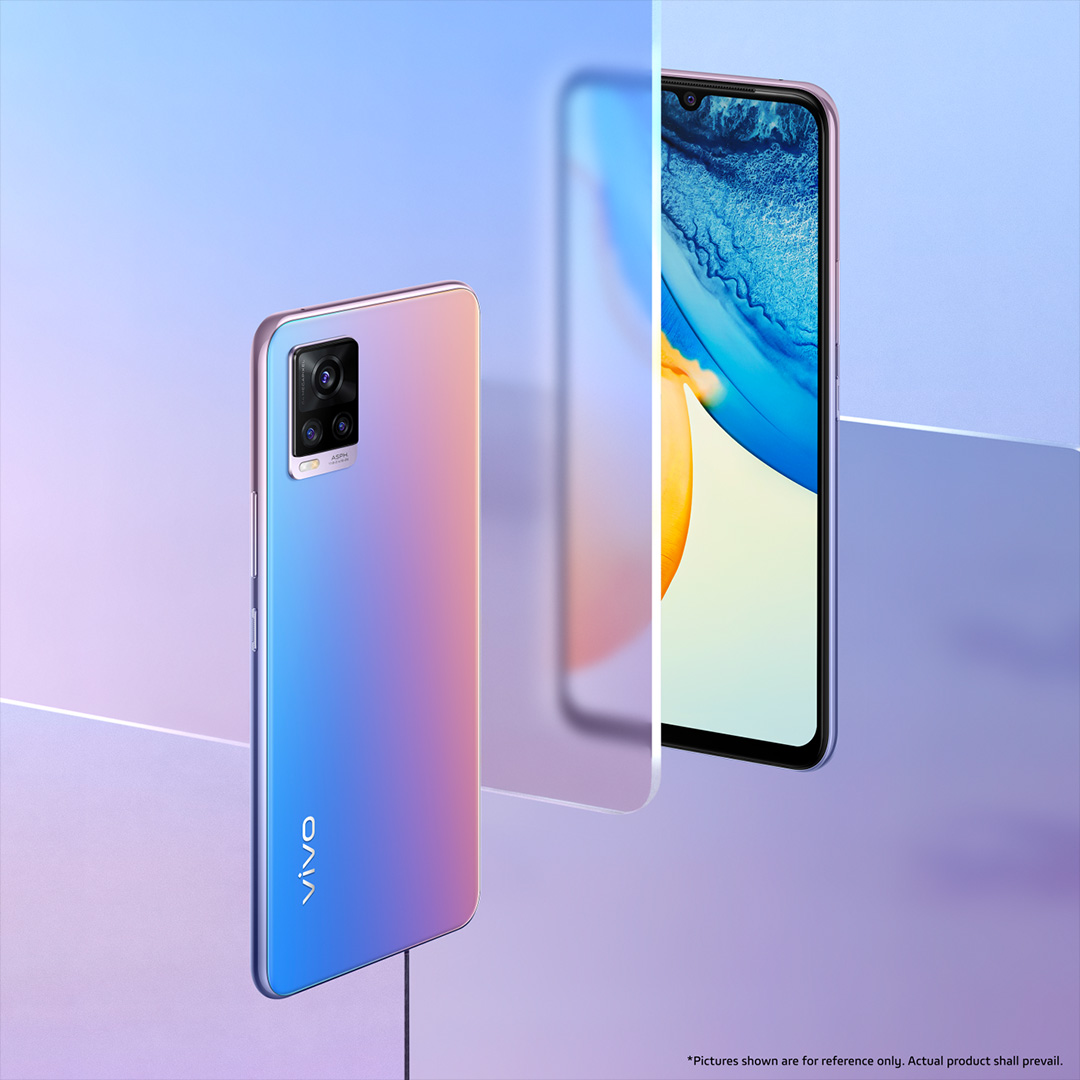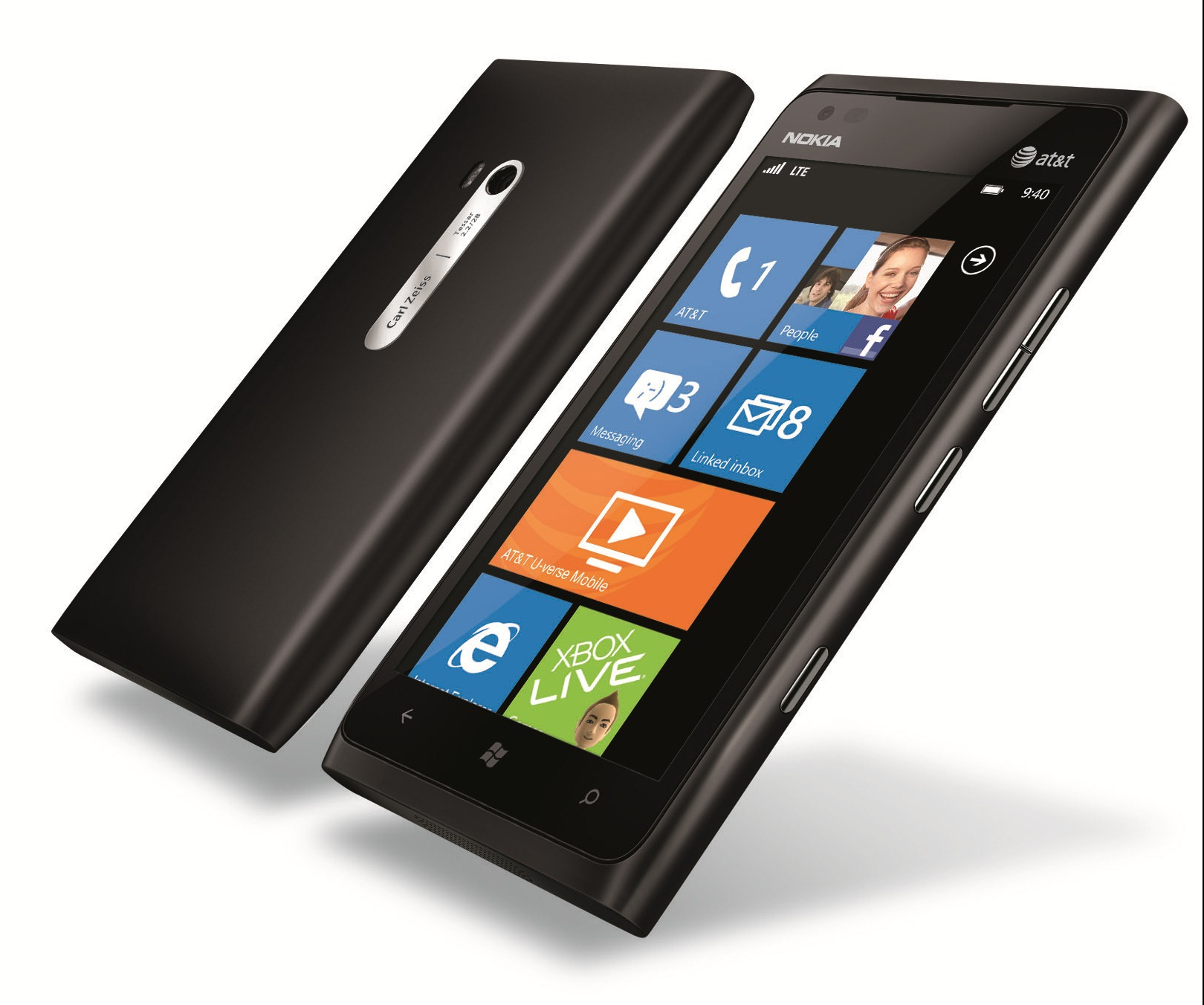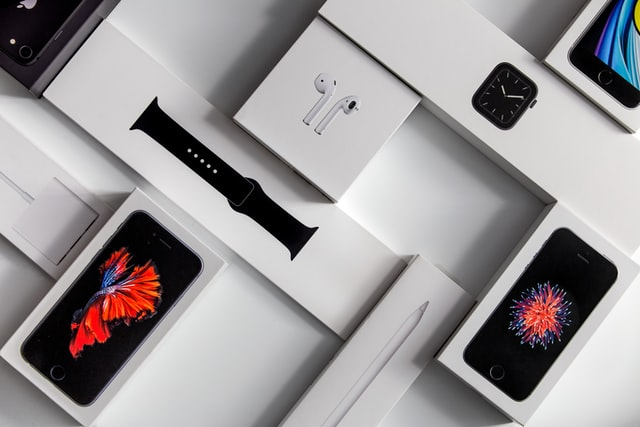In 2012, the battle for the title of the thinnest smartphones reached new heights, as manufacturers raced to produce ultra-thin smartphones that would capture the attention of tech enthusiasts everywhere. The excitement began with the launch of the Motorola Droid RAZR, which set the standard for sleek design and compactness in the smartphone market. Following closely, the Huawei Ascend P1 S and the Fujitsu Arrows F07D both staked their claims as contenders in this increasingly competitive field. The trend towards slimmer profiles is not just a aesthetic appeal but also a reflection of advanced engineering and innovation in smartphone design. As consumers prioritize portability and style, these devices showcase how technology can achieve remarkable feats without compromising on performance.
The era of super-slim devices is upon us, marking a significant shift in smartphone trends. Referred to as the next generation of sleek mobile phones, these models challenge conventional designs, bringing excitement and innovation into the mix. Following in the footsteps of groundbreaking devices like the Motorola Droid RAZR, new releases such as the Huawei Ascend P1 S and Fujitsu Arrows F07D push the envelope further, promising not only style but functionality for users. As we delve into the world of these pioneering gadgets, we explore what makes them stand out in an ever-evolving landscape and how their design philosophy points to future trends in mobile technology.
The Emergence of Ultra-Thin Smartphones in 2012
In 2012, the smartphone market witnessed a notable shift towards ultra-thin designs that captivated technology enthusiasts and everyday consumers alike. The race to create the thinnest smartphone began with the Motorola Droid RAZR, which set a new benchmark for slimness in mobile devices. Not only was it hailed for its sleek profile, but it also introduced a wave of innovation in smartphone design that focused on maximizing functionality while minimizing bulk. This trend was not a passing fashion; it marked a significant change in how manufacturers approached the aesthetics and ergonomics of smartphones.
Following the Motorola Droid RAZR’s success, competitors quickly sought to claim the title of the thinnest smartphone. During the International Consumer Electronics Show (CES) in January 2012, both Huawei and Fujitsu unveiled their ultra-thin models—the Huawei Ascend P1 S and the Fujitsu Arrows F07D. These devices pushed the limits of engineering, demonstrating that manufacturers could now produce smartphones that not only boasted stunning designs but also were capable of housing powerful hardware. This trend of seeking thinner devices not only influenced consumer preferences but also set the stage for future advancements in smartphone technology.
The Competitive Landscape of Thinnest Smartphones
As 2012 progressed, the competition among smartphone manufacturers became increasingly fierce, particularly in the thinness department. The launches of the Huawei Ascend P1 S and Fujitsu Arrows F07D introduced an exciting dynamic where each brand aimed to outdo the other in terms of sleekness and performance. The marketing strategies of these companies often highlighted the dimensions of their devices, with each one fiercely asserting that they offered the thinnest form factor available on the market. This marketing strategy significantly influenced consumer choices, as many shoppers began associating thinness with modernity and innovation.
However, beyond the alluring slim profiles, these smartphones also needed to deliver on performance. As consumers sought devices that were lightweight and easy to carry, manufacturers had to balance aesthetics with battery life, processing power, camera capabilities, and overall reliability. The Motorola Droid RAZR, for instance, despite its ultrathin profile, packed compelling features that made it a strong contender in a competitive market. The focus on producing the thinnest smartphones was not merely a stylistic choice but also a reflection of evolving consumer demands and expectations in the technology landscape.
The Role of Design and Innovation in Smartphone Trends
The trend towards ultra-thin smartphones in 2012 was not just about aesthetics; it encapsulated a broader movement within the technology sector, where design and innovation intertwined to elevate user experience. The desire for thinner devices prompted manufacturers to explore new materials and engineering techniques. For instance, the Motorola Droid RAZR adopted innovative materials that allowed for a slimmer design without compromising structural integrity. The trend emphasized the importance of design as a core component of technological advancement and consumer appeal.
Moreover, the competition spurred innovation that resulted in better battery management systems, more efficient processors, and enhanced display technology—all of which contributed to the overall functionality and appeal of these devices. The introduction of smartphones like the Huawei Ascend P1 S and Fujitsu Arrows F07D showcased this ideal, offering consumers not only attractive aesthetics but also cutting-edge technology that catered to their growing demands for connectivity and multimedia capabilities. As designs became more streamlined, the expectation from consumers evolved, setting a new standard for what a smartphone should encompass.
Consumer Preferences Shift Towards Slimmer Devices
In a world increasingly dominated by fast-paced lifestyles, consumers began to favor smartphones that matched their on-the-go needs. The emergence of the slimmest smartphones became synonymous with modern living, influencing purchasing behavior significantly. The sleek designs of devices like the Motorola Droid RAZR, Huawei Ascend P1 S, and Fujitsu Arrows F07D captured the attention of tech-savvy users who prioritized portability without sacrificing performance. This shift in consumer preferences highlighted a growing trend towards valuing aesthetics as much as functionality.
As this trend progressed, manufacturers had to listen and adapt to consumer feedback. The demand for thinner smartphones drove companies to tweak their designs and invest in research and development for more compact hardware. The public’s fascination with ultra-thin smartphones not only influenced how products were marketed but also directed the trajectory of future smartphone innovations. This relentless pursuit of thinner designs redefined market trends, as consumers became more discerning, making slimness a key criterion in their decision-making processes.
Technological Advances Enabling Thinner Smartphones
The impressive thinness of smartphones like the Motorola Droid RAZR, Huawei Ascend P1 S, and Fujitsu Arrows F07D can be attributed largely to technological advancements in materials science and miniaturization. As companies experimented with lighter and more durable materials, the ability to create ultra-thin smartphones without compromising on build quality was realized. Innovations such as Corning’s Gorilla Glass and advanced aluminum chassis designs allowed manufacturers to offer products that were both stylish and robust.
Furthermore, advancements in component design played a critical role in supporting the creation of these ultra-thin devices. Improvements in battery technology, for example, meant that manufacturers could produce slimmer batteries that still delivered adequate power. Companies refined their approaches to component layout within the smartphone’s casing, allowing for more efficient use of space. This combination of innovations resulted in smartphones that not only appeared sleek but also functioned effectively, setting a high standard for future designs and making “thinnest smartphone” claims a significant part of industry marketing.
Market Impact of the Thin Smartphone Phenomenon
The thin smartphone phenomenon brought about seismic changes in the mobile device market in 2012. As more brands entered the race with their versions of the thinnest smartphones, consumers found themselves inundated with choices. This fierce competition not only influenced price points but also spurred rapid advancements in features and technology as brands sought to differentiate themselves. Consumers were no longer just considering design; performance metrics became increasingly important in relation to the slim profiles.
Brands began employing aggressive marketing tactics, emphasizing the uniqueness and ultrathin design of their devices as a primary selling point. The impact of this trend extended beyond consumer electronics; it also influenced accessories and peripheral products. For example, cases and screen protectors were redesigned to complement the sleek profiles of these smartphones, further embedding the thinness trend into the overall smartphone ecosystem. Ultimately, the emergence of these ultra-thin smartphones reshaped not just consumer preferences but also industry expectations, paving the way for future innovations.
Long-Term Trends Influenced by Thin Smartphone Designs
Looking back at 2012, the trend of thinner smartphones became a hallmark of the smartphone evolution narrative. As manufacturers introduced more ultra-thin devices, it became clear that this was not just a fleeting design choice but part of an ongoing shift in the industry. The early adopters of the Motorola Droid RAZR and other contenders set a precedent for future devices, influencing how companies allocated resources for development and marketing in subsequent years.
The legacy of the ultra-thin smartphone trend paved the way for the continuation of design innovations, altering consumer expectations in a lasting manner. Users began to anticipate that their smartphones would not only be highly functional but also aesthetically appealing and lightweight. This trend has quietly influenced device designs that followed, highlighting the importance of balancing form and function as a crucial aspect of modern smartphone manufacturing. As technology continues to advance, the essence of slimness remains a focal point for designers and consumers alike.
Comparative Analysis of Thinnest Smartphones in 2012
2012 marked a pivotal year in the comparative landscape of smartphones, especially with the introduction of flagship devices such as the Motorola Droid RAZR, Huawei Ascend P1 S, and Fujitsu Arrows F07D. These smartphones each brought unique flair while competing directly for the title of the thinnest smartphone. The Motorola Droid RAZR was particularly notable, not only for its sleek lines but also for strong performance metrics, creating an effective blend of style and functionality that garnered widespread consumer attention.
On the other hand, the Huawei Ascend P1 S and Fujitsu Arrows F07D showcased compelling features that appealed to a different segment of consumers, highlighting advancements like impressive battery life and robust processing capabilities. The comparative analysis of these devices revealed that while thinness was a key selling point, it was essential for smartphones to also meet user demands for performance, reliability, and user experience. This year clearly illustrated how competition among manufacturers was vital for pushing the boundaries of innovation in smartphone technology.
Future Predictions for Smartphone Design Trends
The trend towards ultrathin smartphones that emerged prominently in 2012 laid down foundational expectations that continue to influence smartphone design today. As technology continues to evolve, the emphasis on thinness is expected to persist, albeit with a focus on integrating new materials that enhance durability and functionality without adding bulk. As manufacturers experiment with graphene and other lightweight materials, consumers can anticipate even sleeker designs in future smartphones.
However, there will also be increasing consumer demands for features that prioritize usability alongside aesthetics. Future smartphone models are likely to reflect a dual commitment to cutting-edge design and enhanced user experience, balancing the pursuit of thinness with the introduction of innovative features, like improved cameras, better battery life, and superior screen technology. As we look ahead, it is clear that the influence of the thinnest smartphones will resonate throughout the development of future mobile devices, encouraging continuous innovation in both design and functionality.
Frequently Asked Questions
What are the thinnest smartphones available in 2023?
As of 2023, some of the thinnest smartphones on the market include models like the iPhone 14 Pro and the Samsung Galaxy Z Flip 4, both of which boast impressive slim profiles. However, it’s essential to check for the latest releases, as brands consistently strive to push the limits of thin designs.
How do ultra-thin smartphones perform in terms of battery life?
Ultra-thin smartphones often face challenges regarding battery life due to their limited interior space for battery capacity. While advancements in battery technology have improved this, many users find that thinnest smartphones may require more frequent charging compared to thicker models.
What features should I look for in the thinnest smartphones?
When considering ultra-thin smartphones, look for features such as display quality, camera capabilities, processing power, and battery life. It’s also crucial to check for build quality, as thinner smartphones may be more prone to damage.
What was the significance of the Motorola Droid RAZR in smartphone design?
The Motorola Droid RAZR, released at the end of 2011, was a game-changer in smartphone design, being marketed as the thinnest smartphone available at the time. Its launch set a new trend where manufacturers aimed to create slimmer devices, influencing the development of future ultra-thin smartphones.
How does the Huawei Ascend P1 S compare to other thinnest smartphones?
The Huawei Ascend P1 S, launched in early 2012, was one of the thinnest smartphones globally, measuring just 6.68mm. It competed directly with contemporaries like the Motorola Droid RAZR, highlighting the competitive market for ultra-thin smartphones.
Are there any drawbacks to owning thinnest smartphones?
Yes, while thinnest smartphones are often aesthetically pleasing and lightweight, they can have drawbacks such as decreased battery life, higher susceptibility to damage, and limited space for features like expandable memory. It’s essential to weigh these factors against the appeal of a slim design.
What trends in smartphone design emerged in 2012 regarding ultra-thin smartphones?
In 2012, the smartphone industry saw a significant trend towards ultra-thin designs, with major devices like the Motorola Droid RAZR, Huawei Ascend P1 S, and Fujitsu Arrows F07D competing to claim the title of the thinnest smartphone, dramatically shifting consumer preferences toward sleeker devices.
What innovations did the Fujitsu Arrows F07D introduce as a thinnest smartphone?
The Fujitsu Arrows F07D, introduced in 2012, contributed to the ultra-thin smartphone market by integrating advanced features in a slim profile, including water and dust resistance, setting a high standard for future thin smartphones in terms of both style and function.
| Smartphone | Claimed Thickness | Launch Date | Manufacturer |
|---|---|---|---|
| Motorola Droid RAZR | 7.1 mm | Q4 2011 | Motorola Mobility |
| Huawei Ascend P1 S | 6.68 mm | 2012 | Huawei |
| Fujitsu Arrows F07D | 6.7 mm | 2012 | Fujitsu |
Summary
The thinnest smartphones in 2012 marked a significant trend in mobile technology, as manufacturers aimed to outdo each other with sleek and ultra-thin designs. With claims from major players like Motorola, Huawei, and Fujitsu, the race for the title of the thinnest smartphone became a key focus, showcasing impressive innovations in engineering and design. The launch of devices like the Motorola Droid RAZR, Huawei Ascend P1 S, and Fujitsu Arrows F07D reflected a consumer demand for portability without compromising functionality. This trend not only changed the aesthetics of smartphones but also influenced future designs, emphasizing that form and function can indeed go hand in hand.






